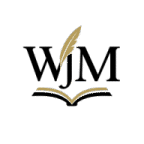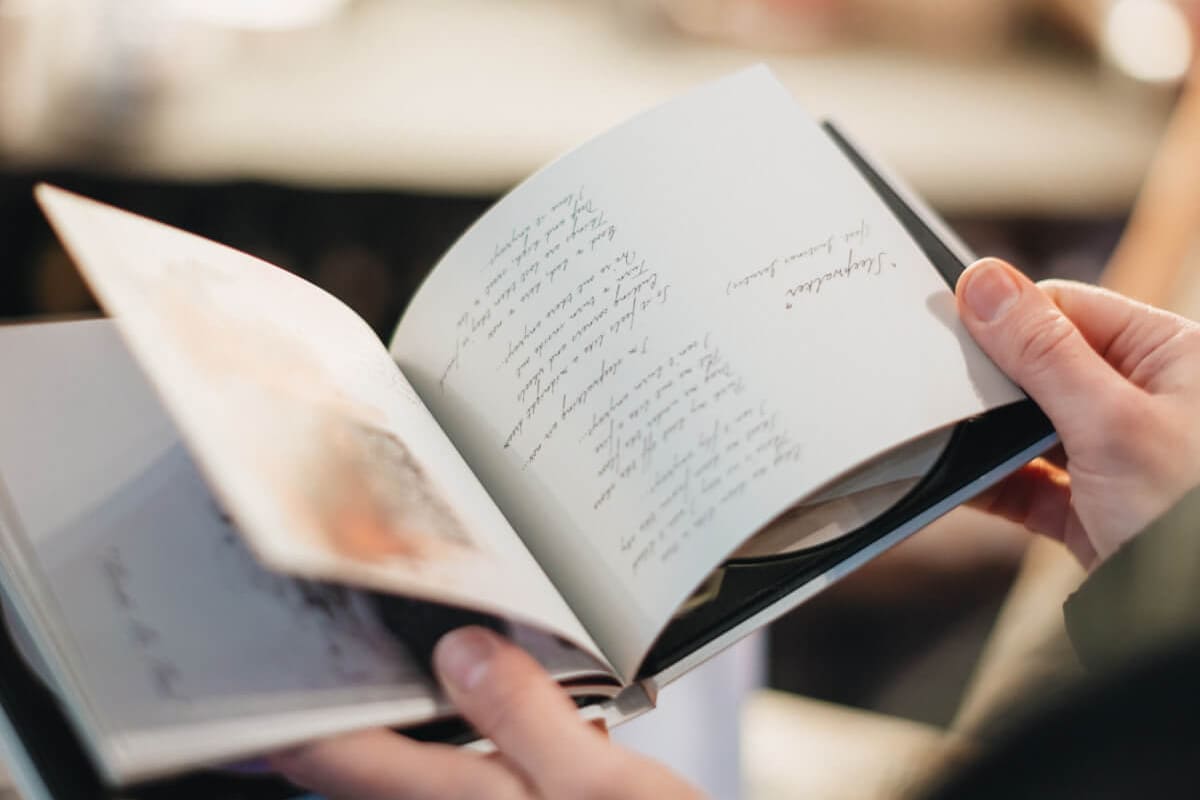Lesson 4: Advanced Sentences Welcome to Lesson 4, where we’ll unravel the magic of advanced sentences. This realm isn’t just about constructing sentences; it’s about infusing them with style, flair, and deep-seated meaning. It’s the difference between saying “The sun set” and “The sun painted the sky with hues of gold and crimson.” We’ll venture into allegories, dance with alliterations, play with puns, and explore so much more. Each of these devices is like a unique instrument in an orchestra, and by the end of this lesson, you’ll know how to make them all play in harmony.
- Allegory: A story, poem, or picture that can be interpreted to reveal a hidden meaning.
- Alliteration: The occurrence of the same letter or sound at the beginning of adjacent or closely connected words.
- Allusion: A brief and indirect reference to a person, place, thing or idea of historical, cultural, literary or political significance that is not elaborated on.
- Analogy: A comparison between two things, typically for the purpose of explanation or clarification.
- Anaphora: The repetition of a word or phrase at the beginning of successive clauses.
- Anastrophe: The inversion of the usual order of words or clauses.
- Antithesis: A contrast or opposition between two things.
- Aphorism: A pithy observation that contains a general truth.
- Apostrophe: A figure of speech in which the poet addresses an absent person, an abstract idea, or a thing.
- Assonance: Repetition of sounds produced by vowels within a sentence or phrase.
- Asyndeton: The omission of conjunctions between words, phrases, or clauses.
- Cacophony: Use of words with sharp, harsh, hissing, and unmelodious sounds.
- Chiasmus: A rhetorical device in which two or more clauses are balanced against each other by the reversal of their structures.
- Climax: The most intense, exciting, or important point in a story.
- Connotation: An idea or feeling that a word invokes in addition to its literal or primary meaning.
- Denotation: The literal or primary meaning of a word.
- Euphemism: A mild or indirect expression substituted for one considered to be too harsh or blunt.
- Flashback: A scene set in a time earlier than the main story.
- Foreshadowing: A literary device used to give hints or clues about what will happen later in the story.
- Hyperbole: Exaggerated statements or claims not meant to be taken literally.
- Imagery: Visually descriptive or figurative language, especially in a literary work.
- Irony: The expression of one’s meaning by using language that normally signifies the opposite, typically for humorous or emphatic effect.
- Juxtaposition: The fact of two things being seen or placed close together with contrasting effect.
- Metaphor: A figure of speech in which a word or phrase is applied to an object or action to which it is not literally applicable.
- Metonymy: The substitution of the name of an attribute or adjunct for that of the thing meant.
- Onomatopoeia: A word that phonetically imitates, resembles, or suggests the sound that it describes.
- Oxymoron: A figure of speech in which apparently contradictory terms appear in conjunction.
- Parallelism: The use of successive verbal constructions in poetry or prose which correspond in grammatical structure, sound, meter, meaning, etc.
- Participle Phrases: A word that is formed from a verb but used as an adjective.
- Paradox: A statement that contradicts itself but might be true.
- Personification: Giving human traits to non-human entities.
- Polysyndeton: The use of several conjunctions in close succession.
- Pun: A joke based on the interplay of homophones — words with the same pronunciation but different meanings.
- Rhyme: Correspondence of sound between words or the endings of words, especially when these are used at the ends of lines of poetry.
- Simile: A figure of speech involving the comparison of one thing with another thing of a different kind.
- Symbolism: Use of symbols to signify ideas and qualities by giving them symbolic meanings different from their literal sense.
- Syllogism: A kind of logical argument that applies deductive reasoning to arrive at a conclusion based on two propositions that are asserted or assumed to be true.
- Synecdoche: A figure of speech in which a part is made to represent the whole or vice versa.
- Understatement: Presenting something as being smaller or less important than it actually is.
- Zeugma: A figure of speech in which a word applies to multiple parts of the sentence.
Prompt for Advanced Sentence Study Q&A Session:
Hello ChatGPT, I’d like to proceed with a rapid-fire Q&A session centered around advanced sentence and literary devices. Please formulate questions on the terms listed below. After my answer, evaluate the correctness, offer feedback if needed, then move on to the next question. Ensure these questions are in a randomized order to challenge my recall. The terms for this session are:
- Allegory
- Alliteration
- Allusion
- Analogy
- Anaphora
- Anastrophe
- Antithesis
- Aphorism
- Apostrophe
- Assonance
- Asyndeton
- Cacophony
- Chiasmus
- Climax
- Connotation
- Denotation
- Euphemism
- Flashback
- Foreshadowing
- Hyperbole
- Imagery
- Irony
- Juxtaposition
- Metaphor
- Metonymy
- Onomatopoeia
- Oxymoron
- Parallelism
- Participle Phrases
- Paradox
- Personification
- Polysyndeton
- Pun
- Rhyme
- Simile
- Symbolism
- Syllogism
- Synecdoche
- Understatement
- Zeugma
Let’s dive in!

